Social media’s harmful effects on teens were highlighted again in a report from US government, writes Satyen K. Bordoloi.
14-year-old Samika (name changed) from Guwahati gets no love from her family. Her father is a drunk who hits her mother who struggles with odd jobs to feed the three daughters. But she has access to social media through phones in the homes her mother works. She barely knows English but makes do with speech-to-text and other features. On Instagram, she gets chatty with a 40-year-old who lavishes her with dreams. She runs away and even when traced, refuses to come back.
Thankfully this was during the government of Assam’s crackdown on underage marriages. The man who took her got scared and gave her back to the family. Sadly, this wasn’t the first social media connection for Samika, and back in a loveless family that beats her, she’s getting chatty with men again on social media.

In one of the families her mother works in, a 17-year-old girl has a different reaction to social media: she sees all the perfect, rich lives of girls all over the world on Instagram and feels herself and her life as worthless.
These two teens – though they don’t know it – are lucky. Studies in the US have found that among children and young adults i.e. people aged 10 to 24 – suicide is the second leading cause of death. Suicide rates among youth aged 10-14 have doubled. And these have coincided with rising rates of social media use among these groups.
Though determining a direct relationship between social media use and suicides is not always easy, several studies have found correlations between them with researchers claiming that social media can increase suicide risk even though many other factors play a part.
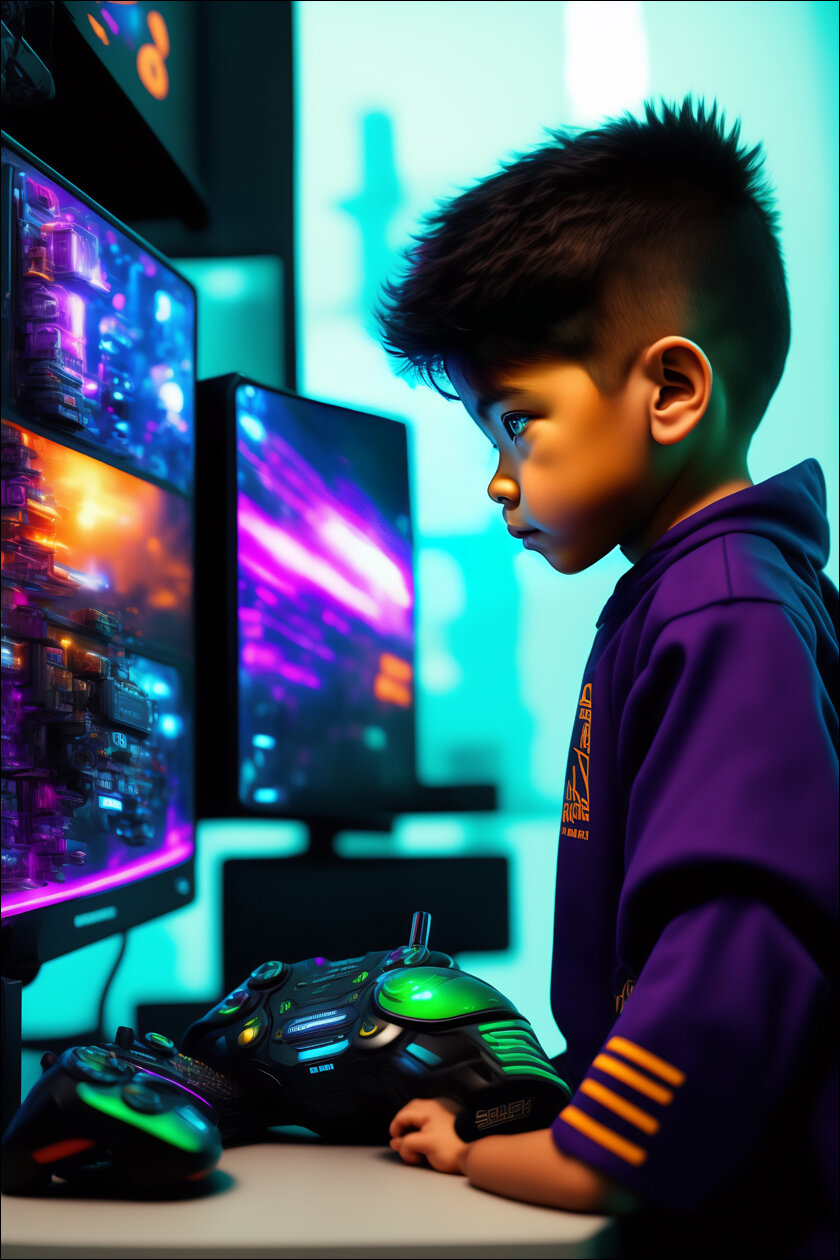
US Surgeon General’s Warning
In an unprecedented, extraordinary warning, US’ top health official Dr Vivek Murthy cited a ‘profound risk of harm’ to adolescent mental health from excessive social media use and urged families to set limits and the government to set tougher standards for use. The 19 page advisory states that “adolescents who spent more than 3 hours per day on social media faced double the risk of experiencing poor mental health outcomes including symptoms of depression and anxiety.”
The report went on to mention that, “Limits on the use of social media have resulted in mental health benefits for young adults and adults. A small, randomized controlled trial in college-aged youth found that limiting social media use to 30 minutes daily over three weeks led to significant improvements in depression severity.”
The report is not one-sided as it highlights the positive impacts of social media as it “can provide benefits for some youth by providing positive community and connection with others who share identities, abilities, and interests.”
The problem occurs when, “Extreme, inappropriate, and harmful content continues to be easily and widely accessible by children and adolescents. This can be spread through direct pushes, unwanted content exchanges, and algorithmic designs. In certain tragic cases, childhood deaths have been linked to suicide- and self-harm-related content and risk-taking challenges on social media platforms.” The report cites dozens of studies done in America about the same.
How do we take the warning in India
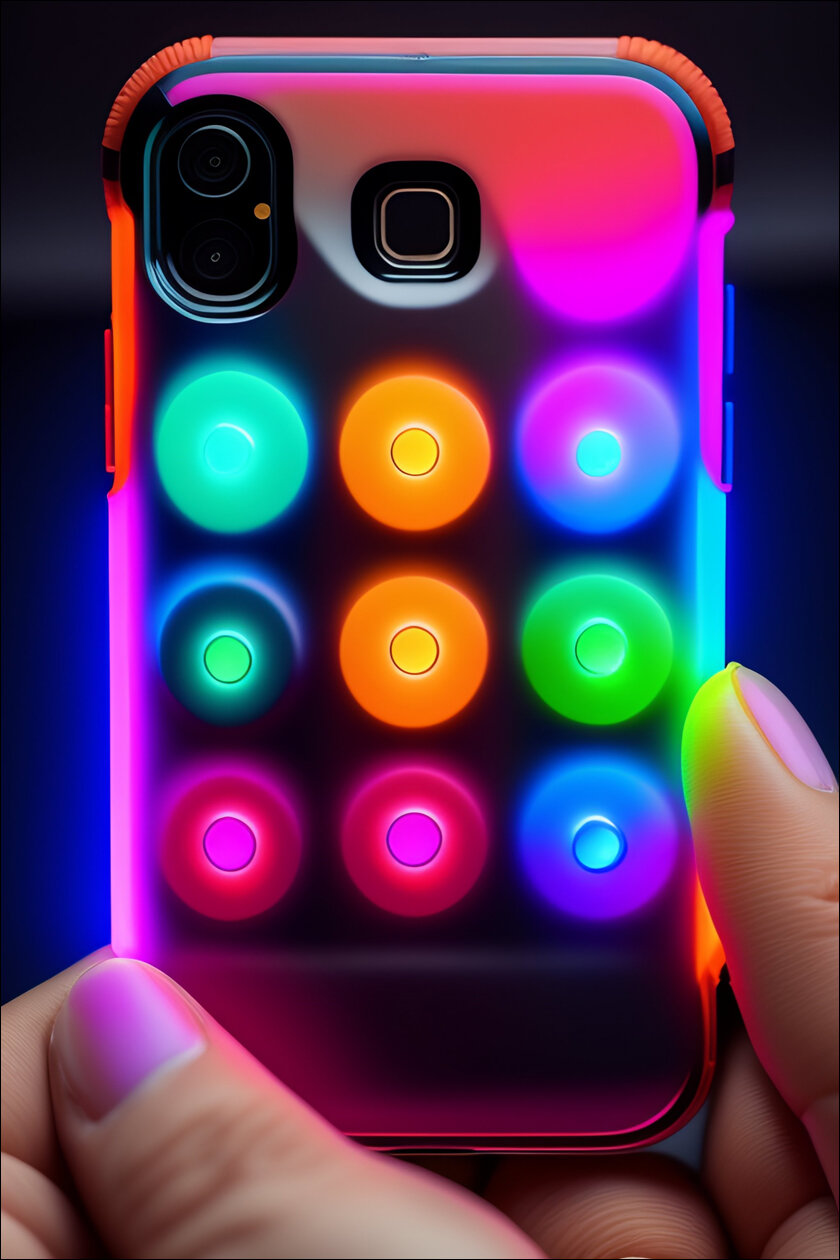
In India, the context is different. Hence, though the warning holds true for India, we must understand the circumstances in which social media works in the country.
All the examples mentioned in the report also hold true for a small section of the population in India. However, there are other contexts that emerge in the nation considering the socio-political, religious, regional, economic, cultural and other complexity and diversity of India.
In 2019, I met a relative who lived in the easternmost corner of the nation in the district of North Lakhimpur, Assam. He had been using a smartphone for 3 years and his favourite app/social media? YouTube. There, he had fallen so deep into the rabbit hole of alien conspiracy theory videos that he was convinced beings from other planets lived amidst us. He knew about Google but had rarely used it in the 3 years he had been using the smartphone and never fact checked. The irony is that he is a teacher in a government school.
Digital literacy is haphazard in India. The first thing I think people should learn while using any computing device is how to do an effective search on Google, Bing, DuckDuckGo etc. But that is not how people – even teens and young adults – enter the digital world. For most people, the entry points are social media apps: Facebook, Instagram, Twitter, YouTube etc. And what they see and like initially, begins their journey into the deep abyss of similar content. First is a watch, second a confirmation, the third and every other is a reconfirmation so that within months, their world views change completely – rarely for the better, like the uncle who hadn’t watched a single film or show about aliens before but is now convinced they walk amidst us.
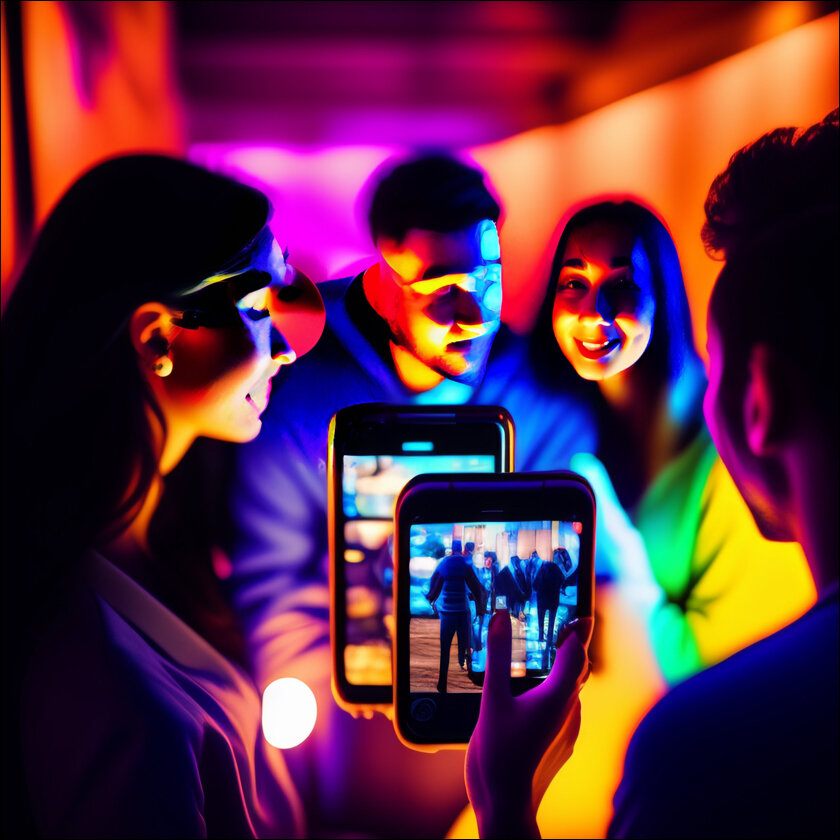
The device is the danger
Growing up in the 80s, news about supercomputers always fascinated me. Especially how these powerful machines are guarded by armed men to protect against their misuse. Did you know that the phone you carry in your hand today, is more powerful than any supercomputer in the 80s or 90s, with more processing power and transistors than those huge machines that occupied buildings? You and I have a supercomputer in your hands, but where are the guards preventing its misuse? Isn’t it too much power in our hands? It is useful, yes, when we use it to find information to better our lives, use it as an extension of our minds.
But a vast majority of us do not use it like that. For them, the mobile becomes no different than giving a monkey a gun. As such our emotions are rarely in our control. Add into that this supercomputer which is a window to everything in the world: good, bad, weird, stupid, ugly.. and you realise how it is but a powder keg ready to explode.
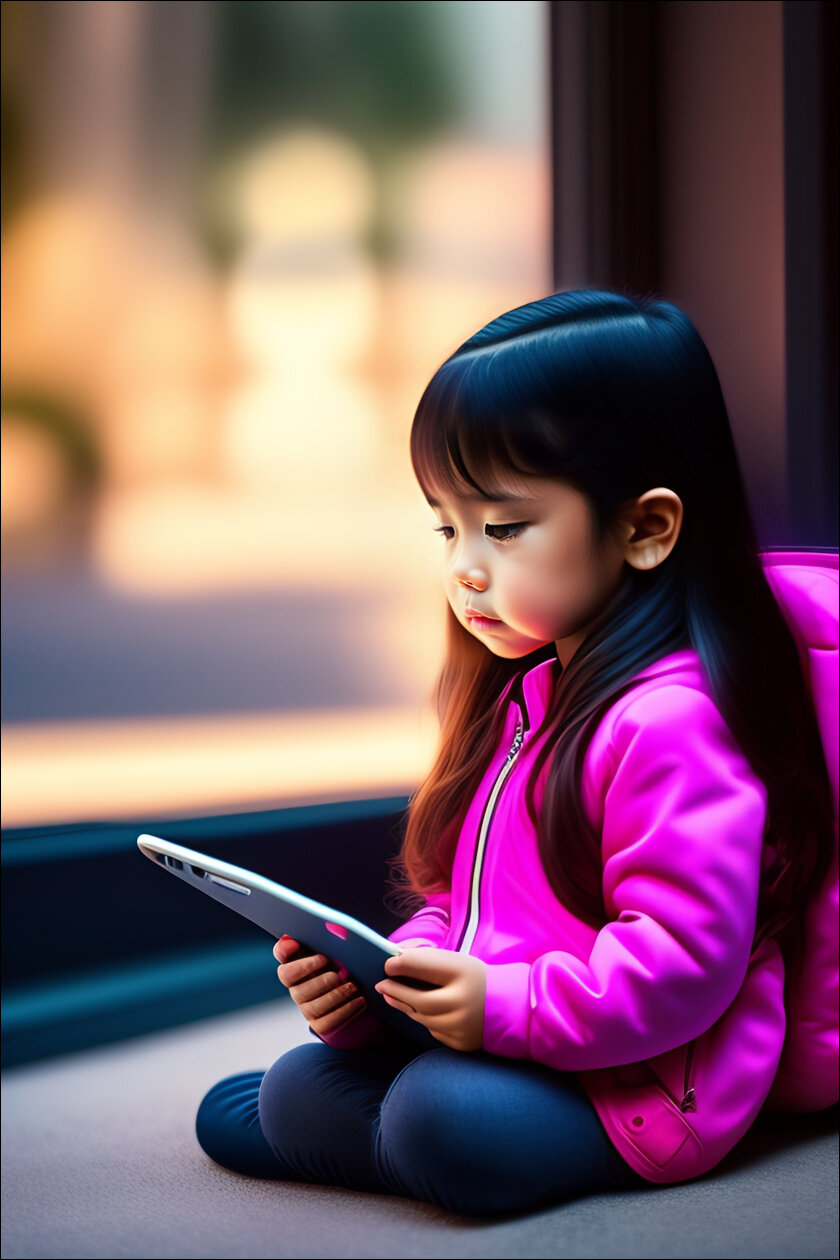
We need training to drive cars. You need to be at least 18 to drink in most countries. But the moment a toddler cries, the mother pushes a tablet before their eyes. Isn’t that patently stupid, irresponsible and dangerous?
If you think it’s not, just consider what you or your friends use it for. Most of us use these supercomputers on our palms to watch hours of stupid, pointless micro-format content, be it reels on Instagram or shorts on YouTube etc. These 15 seconds to a minute-long dopamine shots to the brain, make us addicted to the device.
If an adult has no control over how much they use mobiles or what we see in them, what chance do teens and young adults have?
The US surgeon general’s warning is thus not just for the US, but for the world, including India. Government bodies should make regulations for social media use in teens. Like the drinking age in five states of India is 25 years (21 in most other states), unrestricted social media use should only be opened up after 25. If that is the time the government trusts you with alcohol addiction, that should also be the age when they trust us with dopamine addiction of the social media kind.
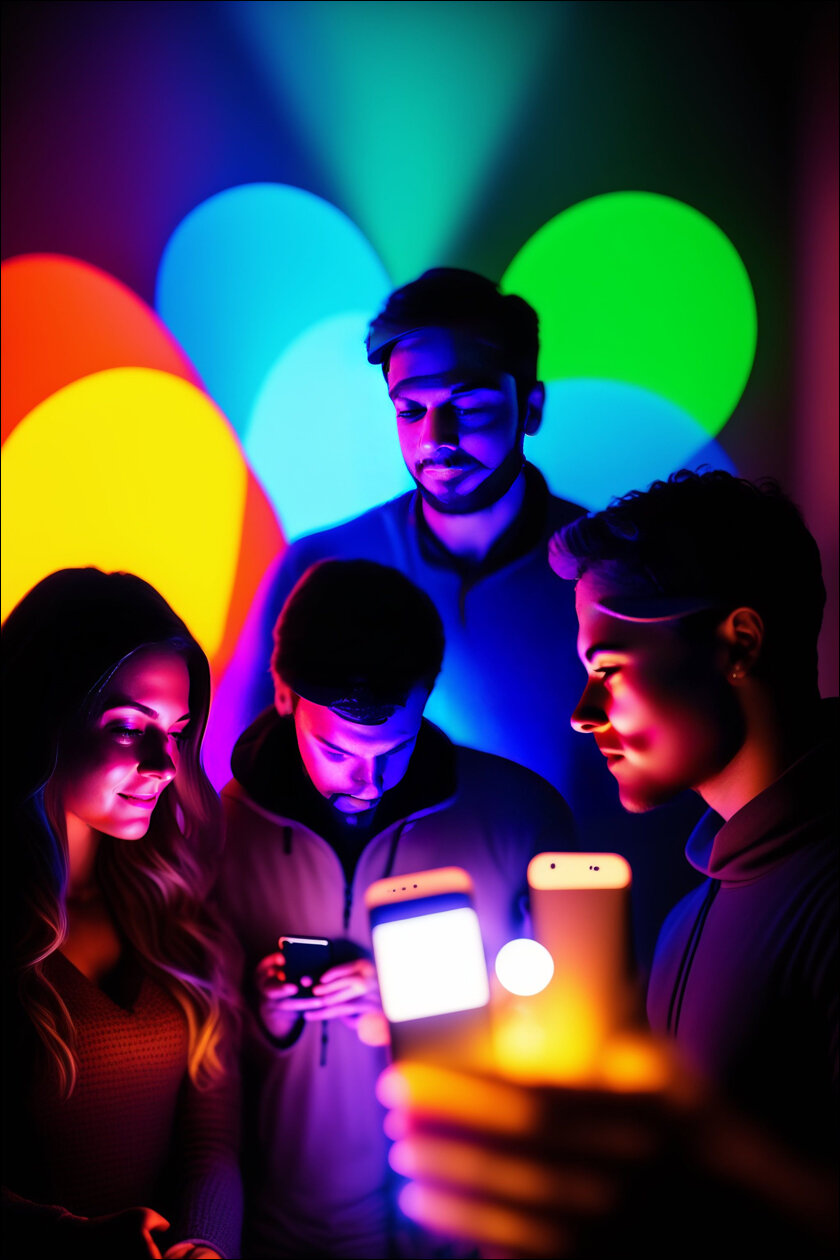
How many friends does a human need?
In psychology, there is something called the Dunbar Number. It states that we humans have the cognitive ability to maintain only about 150 connections at one time. This includes about 5 close friends and a larger circle of casual friends and acquaintances. Yet, we look down on people on social media who don’t have at least thousands, if not millions, of followers.
No matter how many million ‘friends’ you have on social media, you can only have about 150 real connections, with only about 5-10 being really intimate ones. Yet we long for more. What is worse is this must make us realise how little time we have with everything vying for our limited attention. Into that mix, you throw the constant stream of social media and what you will get are psychological problems without ever being aware of it. The younger you are, the more damaged you’ll become.
And worst of all, if we do not figure out a way to channel the right kind of information into our attention window, we will be at the mercy of random information coming our way through social media. That affects everything from our success in life to relationships, to our mental peace. The younger one gets trapped in this matrix, the worse it gets for us.
The film Matrix was wrong: the mass brainwashing of humans will not happen from a jack inserted into the back of our brains someday, but it is already going on through claws that reach out from mobile phone screens and grab our eyeballs and never let go. We have to learn to let it go. And more importantly, we have to teach our younger lot to do so.
In case you missed:
- A Teen Suicide Spotlights Dangers of Unregulated AI Companions
- Rise of Generative AI in India: Trends & Opportunities
- India’s Upcoming Storm of AI Nudes & Inspiring Story Of A Teen Warrior
- Why Elon Musk is Jealous of India’s UPI (And Why It’s Terrifyingly Fragile)
- AI’s Top-Secret Mission: Solving Humanity’s Biggest Problems While We Argue About Apocalypse
- Tears of War: Science says women’s crying disarm aggressive men
- AI Taken for Granted: Has the World Reached the Point of AI Fatigue?
- Digital Siachen: How India’s Cyber Warriors Thwarted Pakistan’s 1.5 Million Cyber Onslaught
- What are Text-to-Video Models in AI and How They are Changing the World
- Hey Marvel, Just Admit You’re Using AI – We All Are!




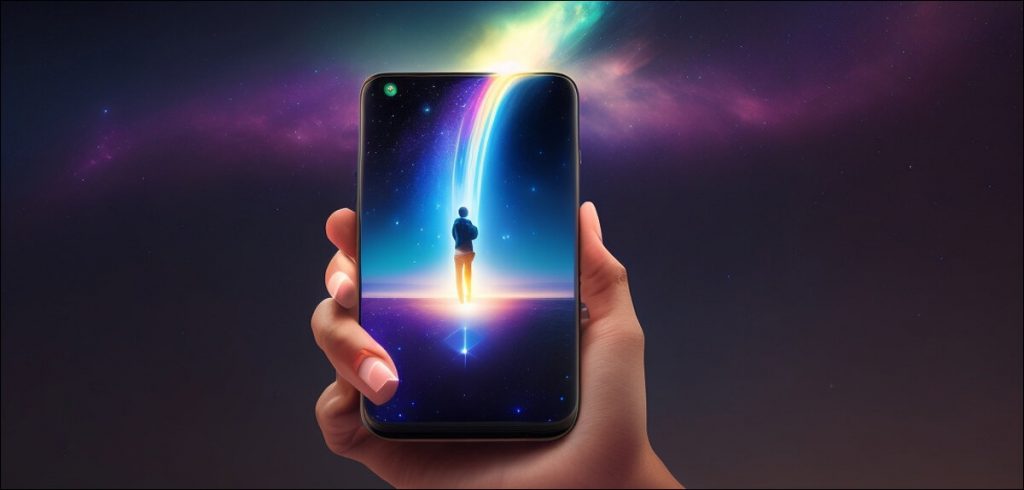

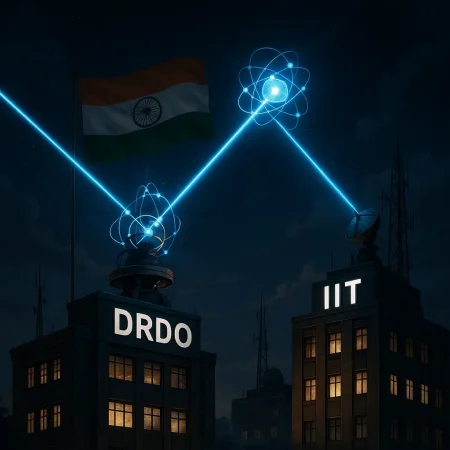




5 Comments
Hi.
Thank you for sharing this information, this blog was excellent and thanks for sharing this good information with us, about social media usage and its effects on teenagers thank you for sharing this information with us.
social media is a need of hour . Its dificult to manage teenager and social media issues . How ever we can still have some ways to handle those issues . Thank you for more information .
Hi, Thank you for the sharing this informative. This article is incredibly useful and quite interesting to read. I want to express my gratitude for the effort you put into crafting this exceptional piece.
Hi, Thank you for the information. The awesome posts on this website make it both easy and reliable for anyone to find the information they are interested in.
great work .